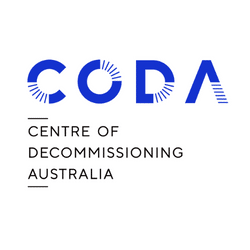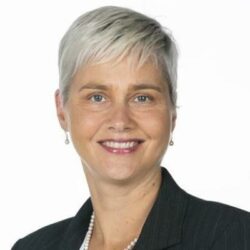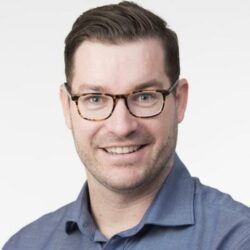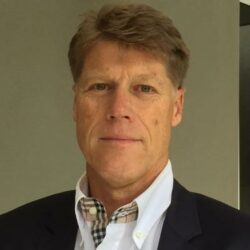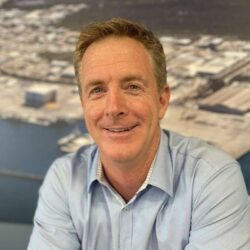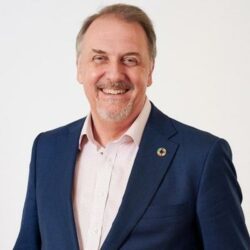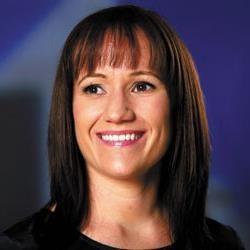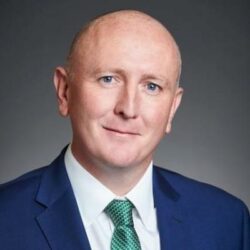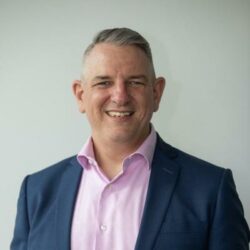Australia is relatively early in its oil and gas decommissioning journey however some things are clear, globally there is a significant increase in decommissioning activity. Competing regions, adjacent sectors, the availability of resource, and the relative remoteness of the Australian market all contribute towards the challenges the country faces in delivering decommissioning liability safely and efficiently.
We have a responsibility to shift the paradigm in Australia’s oil and gas decommissioning sector from a challenge to an opportunity and identify where we see the potential for demand to outstrip supply. Whether that be around supply, ways of working, contracting models or regulatory frameworks, it is incumbent on us to take what has worked well in more mature regions, and most importantly, what hasn’t worked well to shape Australia’s sector.
The industry can do this by recognising and leveraging global trends, and getting ahead of the curve through integration, outsourcing, single contracts and long term agreements, and much more. Whether driven by necessity from time pressure, a quick shift in regulatory policy, or a significant change in approach to late life and decommissioning, the operator and supply chain will need to push a new way of working for mutual benefit.

